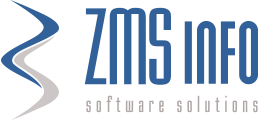Protocol conversion
Process way beyond message mapping
True protocol conversion is a process way beyond message mapping and one of the most successful stories behind the PowerZaC implementations. Started as a business need to provide inter-connectivity between different networks/institutions it has evolved today to become a bridge between highly regulated markets (e.g. connecting Swiss EP2 with Benelux C-TAP area), interfacing legacy systems with new technologies and providing framework for interoperability between institutions.
One part of the solution is highly extendable protocol support built into the PowerZaC system. Some of the protocols used across the installation base include:
- ISO-8583 based protocols: different generations and variations of the protocols, including implementations that are only loosely coupled to the protocol principles;
- ISO-20022 based protocols such as Nexo;
- Legacy POS protocols like Apacs family or SPDH;
- Tightly regulated protocols like C-TAP, EP2, ZVT or C2BA;
- Web-based services utilizing SOAP, REST and similar technologies.
The other part of the solution is the ability to perform transformations not purely on the message format level, but also changing the transaction flow as required by the protocol. In this way, PowerZaC supports true any-to-any protocol conversion, regardless if it is a stateless conversion between protocols or providing complete state management of the target side emulating POS terminals to the remote side.
Message engine concept provides critical conversion functions:
- Shared business logic to reduce the effort of implemented transformation;
- Fine control on the link/port/device level to create isolated transformation elements affecting only specific parts;
- Complex routing engine to change transaction flow as required by the source and the target side;
- Management elements to mimic POS terminal behavior through the stateless engine.

